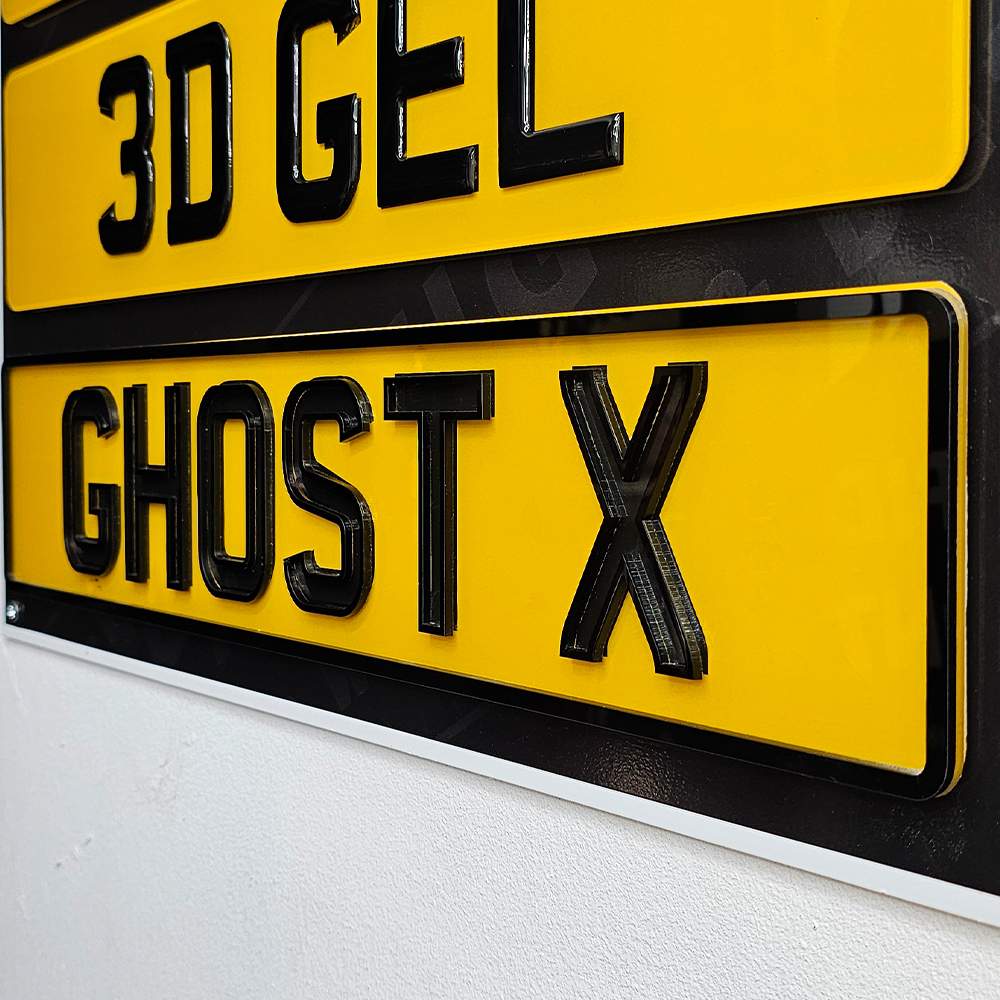Number Plate Regulations Worldwide: A Comparative Overview with Reference to Leyland and Preston

Number plates, also known as license plates, play a vital role in vehicle identification, law enforcement, and public safety. While the core function of number plates remains consistent globally, their formats, production standards, and regulations vary widely. This comparative evaluation explores number plate regulations in various countries, highlighting similarities and differences, and situates these insights within the local contexts of Leyland and Preston in the UK.
- The Purpose and Function of Number Plates
Before diving into international comparisons, it is essential to understand why number plates exist:
- Vehicle Identification: Each number plate serves as a unique identifier linked to the vehicle registration database.
- Law Enforcement: Enables authorities to track ownership, issue fines, and enforce laws.
- Tolling and Surveillance: Used in automated toll systems and traffic monitoring technologies.
- Insurance and Tax Compliance: Tied to vehicle insurance, MOT (Ministry of Transport) tests, and road tax systems.
- Number Plate Regulations in the United Kingdom
In the UK, the Driver and Vehicle Licensing Agency (DVLA) regulates number plate specifications, including those issued in Leyland and Preston:
- Format: UK plates follow the format AB12 CDE, where the numbers signify the vehicle’s age, and letters represent the area of registration.
- Design: Plates must have black characters on a white (front) or yellow (rear) reflective background. Fonts must comply with BS AU 145e standards.
- Materials: Acrylic plates with reflective sheeting are standard.
- Registration: Registered vehicle keepers must display the correct plate format and ensure it is clean and legible.
- Penalties: Illegal or altered plates can incur fines up to £1,000 and an MOT failure.
Local Context – Leyland and Preston: Leyland, historically a centre for vehicle manufacturing (notably Leyland Motors), and Preston, as a regional transport hub, both follow the national DVLA regulations. Vehicle owners in these areas often rely on licensed auto shops for compliant plate production and installation.
- European Union (EU) and EEA Countries
European number plate formats typically include:
- EU Flag Symbol: A blue band on the left with the EU circle of stars and country code (e.g., D for Germany, F for France).
- Standardisation: While styles differ slightly, most EU countries use aluminium or acrylic materials and reflective backgrounds.
- Enforcement Technology: EU countries are increasingly using ANPR (Automatic Number Plate Recognition) systems.
Examples:
- Germany: Format DD-AB 1234; includes registration seal and emission inspection sticker.
- France: Format AB-123-CD; includes the department code and national symbol.
- Netherlands: Bright yellow background with black text, format varies by vehicle type.
Comparison to Leyland/Preston: UK plates are visually distinctive due to their colour scheme and lack of the EU flag post-Brexit. Leyland and Preston drivers traveling to or importing from the EU must ensure plates comply with UK requirements, especially since the GB identifier is now replaced with “UK.”
- North America
United States:
- State-Level Regulation: Each state designs and issues its own plates with unique formats.
- Variety: Designs range from plain black and white to artistic, full-colour graphics.
- Front and Rear: Some states require both; others only the rear.
- Temporary Plates: Often issued as paper documents.
Canada:
- Provincial systems mirror the US, with regional variations in plate design and enforcement.
Comparison to Leyland/Preston: UK residents importing US vehicles into Preston or Leyland must retrofit compliant UK number plates and potentially undergo DVLA inspections. The emphasis on standardisation in the UK contrasts with the creative autonomy seen in US plate designs.
- Asia
Japan:
- Colour-Coded System: Indicates vehicle type and use (e.g., private, commercial, rental).
- Two-Tier Numbering: Includes a regional name and vehicle classification.
China:
- Province and City Codes: First character denotes the province.
- Strict Surveillance: Integrated with national surveillance networks.
India:
- Standard Format: Two-letter state code, two-digit district code, followed by a four-digit number.
- High-Security Plates: Recently introduced with unique IDs and barcodes.
Comparison to Leyland/Preston: Asian systems, particularly China’s and India’s, increasingly use high-tech features like embedded RFID and barcoding, while UK plates remain more visually oriented. However, UK ANPR systems in cities like Preston are catching up with the integrated surveillance trends seen in Asia.
- Australia and New Zealand
- State/Territory Responsibility: Each Australian state issues its own plates.
- Colour Variations: Distinct colours for government, commercial, and private vehicles.
- Security Features: Many plates feature holograms, barcodes, and watermarks.
Comparison to Leyland/Preston: Australia’s regional diversity mirrors the decentralised nature of number plate issuance, unlike the centralised DVLA model in the UK. Vehicle owners in Leyland and Preston benefit from a single national standard, simplifying compliance.
- Middle East and Africa
United Arab Emirates (UAE):
- Emirate-specific designs with Arabic and English text.
- Custom plates available at premium prices.
South Africa:
- Province-Based System: Plates show vehicle registration origin.
- Diverse Formats: Combination of alphanumeric codes with provincial identifiers.
Comparison to Leyland/Preston: While the UK avoids personalised graphics on standard plates, many Middle Eastern countries allow high customisation. Vehicle owners in Preston or Leyland seeking private registrations must use approved UK styles and follow DVLA personal plate regulations.
- Technological Integration and Future Trends
- Digital Number Plates: Emerging in countries like the US (California) and Dubai; feature e-ink displays, GPS, and wireless connectivity.
- RFID and Blockchain: Some countries are exploring these for registration authentication and theft prevention.
- ANPR Integration: Already common in UK cities for congestion charges, tolling, and policing.
Implications for Leyland and Preston: As UK cities continue to embrace smart technologies, areas like Preston with significant traffic infrastructure may integrate advanced ANPR and smart plate systems. Leyland, given its historical ties to automotive innovation, could be a candidate for pilot testing future vehicle identification technologies.
- Legal and Enforcement Aspects
Globally, plate regulation is tightly linked to law enforcement:
- Tampering and Cloning: Illegal alterations can result in hefty fines or criminal charges.
- Visibility Laws: Plates must be clean and well-lit.
- Data Sharing: In regions like the EU, vehicle data is shared across borders to combat crime and enforce traffic laws.
Local Enforcement in Leyland and Preston: Both towns fall under Lancashire Constabulary jurisdiction, which uses ANPR systems to monitor plate compliance, vehicle tax, and MOT status. Periodic checks and roadside operations are conducted to identify cloned or obscured plates.
- Environmental and Policy Considerations
Some governments link plate issuance to policy goals:
- Green Number Plates: UK has introduced green strips on plates for zero-emission vehicles.
- Congestion Zones: London and other UK cities use ANPR to monitor plates and charge fees.
- Dynamic Pricing and Tolling: Smart systems use plate data to adjust road usage charges.
Relevance to Leyland and Preston: Preston may see future congestion controls or environmental zones, making number plate recognition essential for enforcement. Leyland, despite being more residential and industrial, is still affected by regional transportation policies.
- Challenges and Controversies
- Privacy Concerns: With the rise of ANPR and surveillance, questions around data security are growing.
- Standardisation vs. Local Identity: Some regions push for creative designs, while others demand strict conformity.
- Cloning and Fraud: A persistent issue globally that undermines enforcement.
Addressing in Leyland and Preston: Public awareness campaigns and visible police presence help reduce fraud. Local councils also educate vehicle owners on how to identify legitimate plate vendors.
- Recommendations for Local Stakeholders
For residents and policymakers in Leyland and Preston:
- Stay Informed: Understand the latest DVLA requirements and technology developments.
- Use Authorised Providers: Ensure number plates are purchased from DVLA-approved vendors.
- Support Innovation: Encourage pilot programs for smart plates or integrated enforcement tools.
- Promote Compliance: Run campaigns to ensure all drivers maintain legible, legal plates.
Conclusion
Number plate regulations worldwide reflect a balance between functionality, technology, security, and cultural identity. While countries vary in their approach, the underlying goals of safety, enforcement, and organisation remain universal. For towns like Leyland and Preston, understanding both local laws and international trends is crucial, particularly in an era of increasing global vehicle movement and smart city development.
As technology advances, future regulations may bring digital, adaptive, or even blockchain-enabled number plates to UK roads. By staying engaged with regulatory developments and embracing innovation, residents and authorities in Leyland and Preston can ensure their vehicle identification systems remain effective, secure, and forward-looking.
